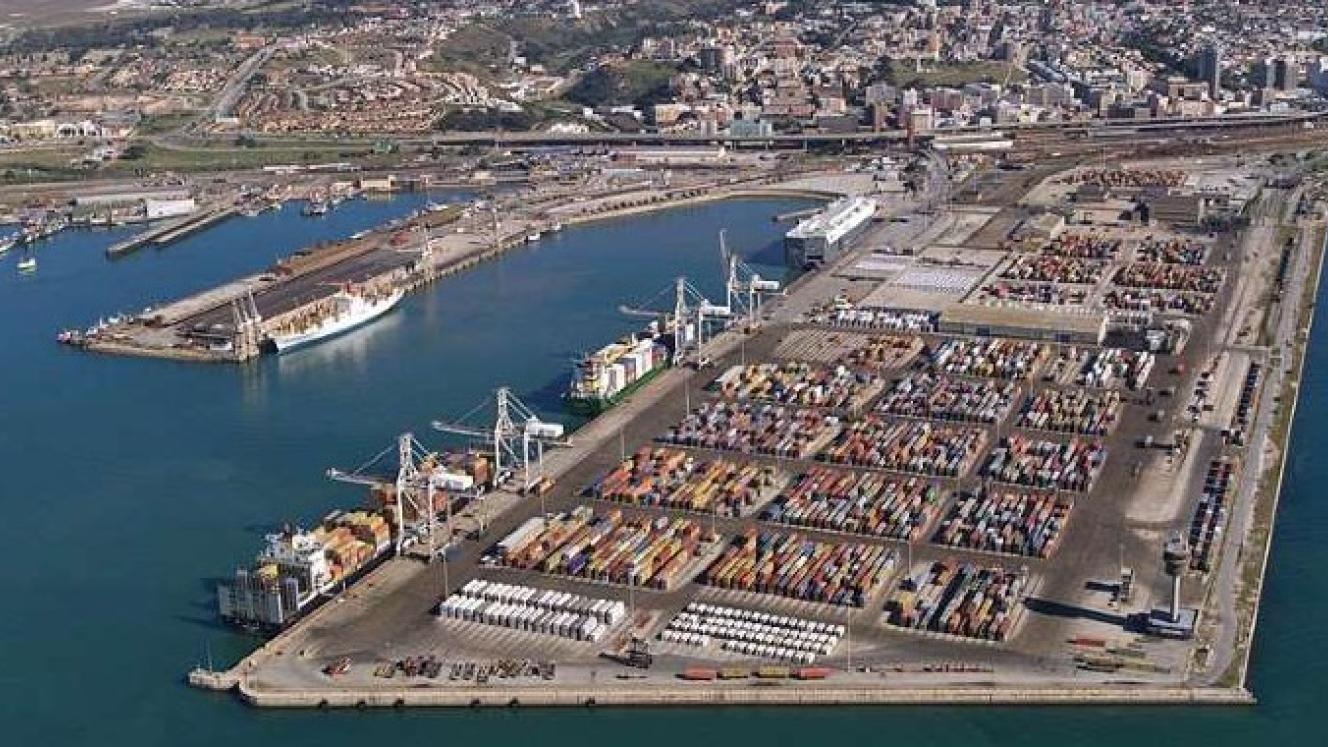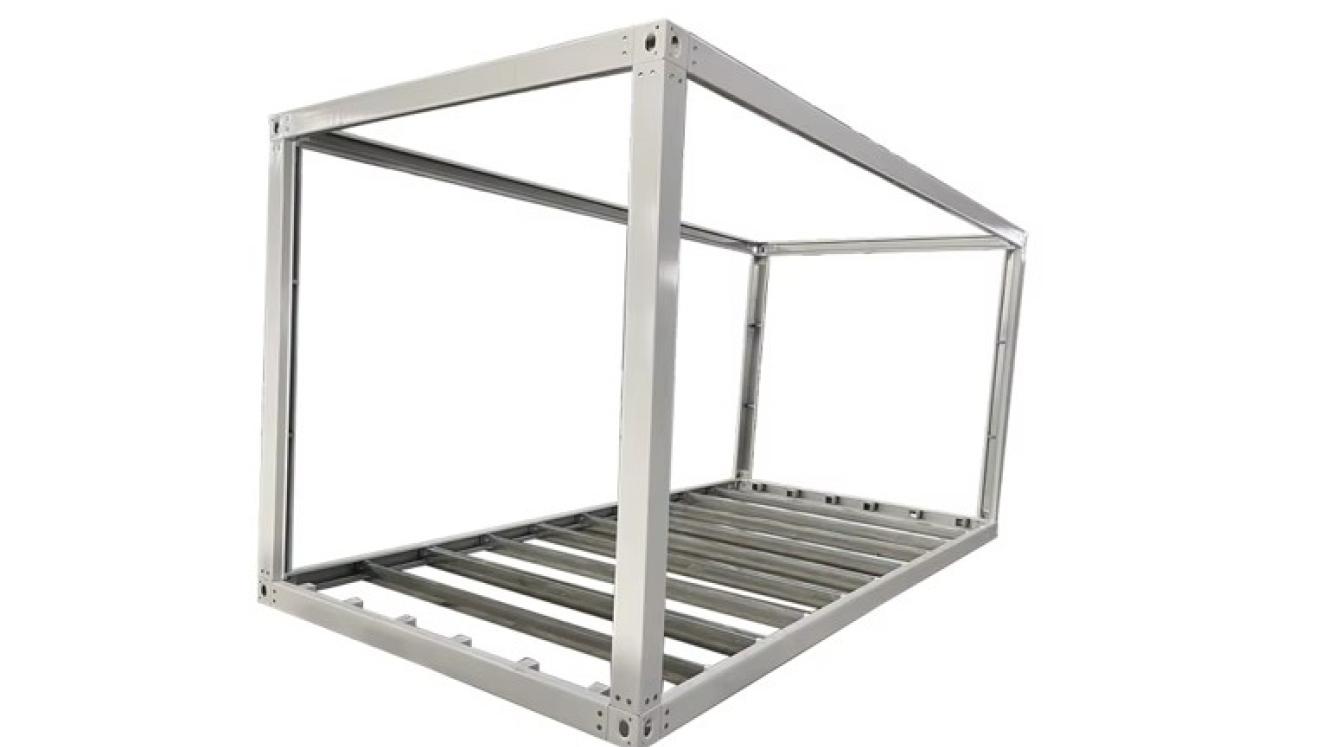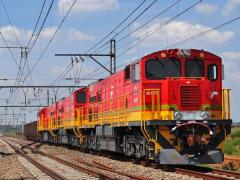South Africa’s container ports again performed above anticipated throughput projections during the week of August 4-10, the latest Cargo Movement Update (CMU) shows.
Compiled using data gathered by the South African Association of Freight Forwarders (Saaff) and Business Unity South Africa (Busa), the CMU shows that an average of 13 121 TEUs were handled daily during that week.
The increase of about 1 683 additional container moves for every 24-hour cycle represents an average daily improvement of 14.75% for Transnet Port Terminals (TPT).
The container terminal at Port Elizabeth (Gqeberha) was the star performer in the measured period, according to the Saaff and Busa data.
Its daily average was 692, yielding 6 826 moves over the week, heralding a week-on-week increase of 118%.
Durban Container Terminal Pier 2 managed a daily average of 5 471, moving 38 299 TEU for the week – a 19% week-on-week increase.
At Durban Pier 1 and Ngqura, TEU handling from August 4-10 was up by 20% and 12% after 13 167 and 15 071 containers were moved respectively.
Cape Town Container Terminal (CTCT) only managed 1 951 TEU moves – 13 656 for the week or a 0.2% week-on-week increase.
“Despite another good week for throughput, some delays were apparent and could be attributed to the fact that inclement weather, vacant berths and equipment challenges once again characterised port operations,” said Jacob van Rensburg, Head of Research and Development at Saaff.
Vessel ranging, high swells and adverse weather caused operational delays in Cape Town while equipment breakdowns and inclement weather proved to be the main operational constraints in Durban, he added.
“Vacant berths and strong winds disrupted operational performance at our Eastern Cape ports.”
In the meantime, a Cape Town port source, who will remain anonymous, has criticised a report in Freight News on August 13: “Pome fruit exporters sound alarm for Port of Cape Town”.
He lambasted the use of 2024 data to cast doubt on the port’s performance in 2025.
He said a meeting next week will show that the deployment of new rubber-tyred gantry cranes by TPT at CTCT is having the desired effect.













